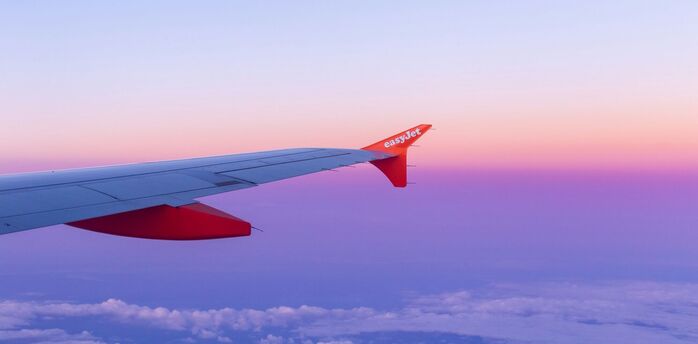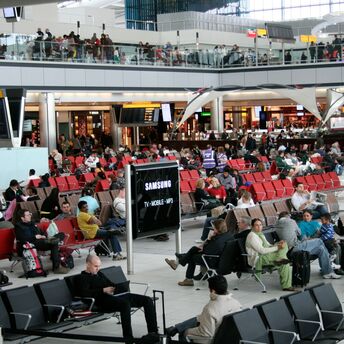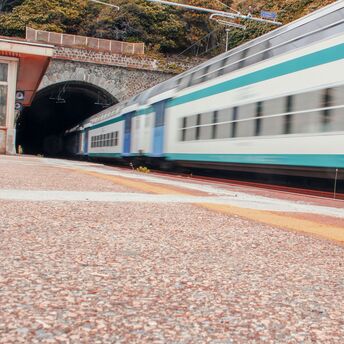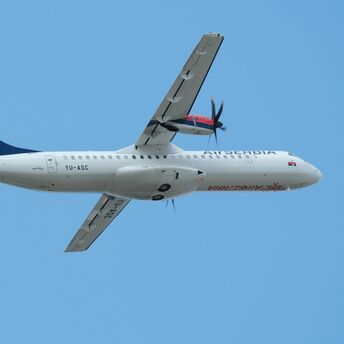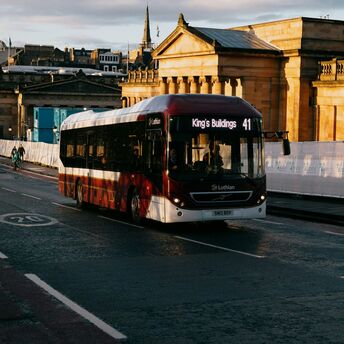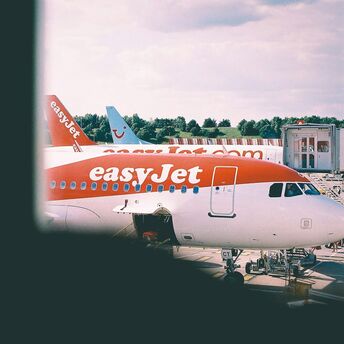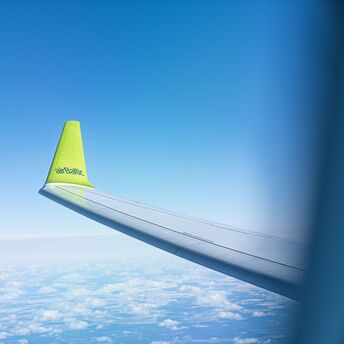KLM Prepares to Add Thousands of Flights for Busy 2026 Summer

KLM and the Dutch Airline Pilots Association VNV have reached a preliminary agreement that could have a direct impact on travel in 2026. The union will decide in September whether to approve the deal. If it is accepted, KLM expects to operate more than 10,000 additional flights during the year. The plan is meant to clear the crowds on the most popular routes and open up more spots for travellers when holiday season demand is at its peak.
The agreement aims to tackle the shortage of pilots through specific operational adjustments. Pilots would take on one extra workday each month during the summer of 2026 and one more day per quarter on weekends. It also allows the airline to hold mandatory simulator training and skill checks on weekends, using times when normal schedules are lighter. These measures are meant to make scheduling more flexible, keep flights running when issues arise, and help the airline respond more quickly if passenger demand shifts.
This agreement is an important step for KLM. These arrangements allow us to operate more flights, which is one of the key points of the Back-on-Track programme to return to financial health. We all benefit from this. Moreover, it shows that at the negotiating table we can jointly reach solutions that are good for our colleagues and good for KLM. We also want to achieve this for all other colleagues as soon as possible.
During the busiest months, travellers may find it easier to book seats on high-demand services as the increase in flights could reduce pressure on popular routes. Additional departures and arrivals at Amsterdam Schiphol are expected to improve onward connections. This may help passengers with tight transfer times and provide more rebooking options in the event of delays, making long and multi-leg journeys more manageable.
The agreement also prepares for the introduction of the Airbus A350 on some of KLM’s longest routes. The aircraft is designed to be quieter and more fuel-efficient and will include extended crew rest areas. In practice, this would let aircraft cover longer distances in one go, skipping extra stops along the way and making overnight or long-haul journeys easier, calmer and more comfortable for those on board.
If these plans move forward, they should help keep flight schedules steady and make connections within Europe and to other parts of the world stronger and more dependable. If you are planning a summer holiday, a business trip or a journey with several stops in 2026, having more flights, stronger connections and a more reliable timetable could make organising everything easier and cut down the chances of last-minute surprises.


